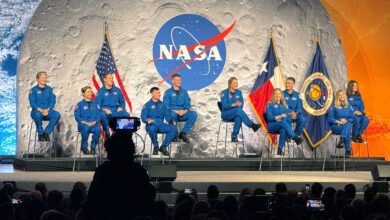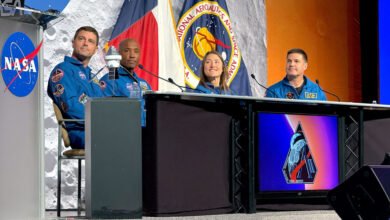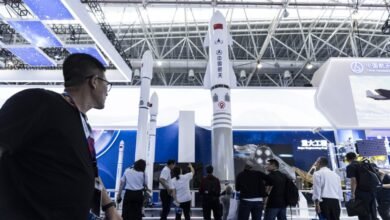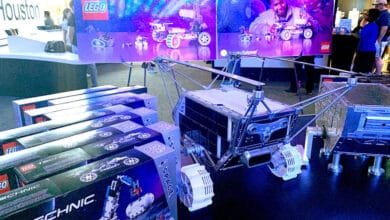America’s Lunar Lag: How to Close the Gap with China

▼ Summary
– NASA’s interim administrator Sean Duffy claims the US will beat China to the Moon, but this is likely false according to industry insiders.
– Former NASA Administrator Jim Bridenstine stated it is highly unlikely the US will beat China’s projected timeline to the Moon’s surface.
– There is ongoing debate in Washington about NASA losing the space race to China, but no solutions are being offered to counter China’s 2029 lunar landing goal.
– The article aims to explain how NASA fell behind China and propose how the Western world could realistically retake the lead in space exploration.
– A key turning point was the 2003 Columbia space shuttle disaster, which prompted reevaluation of NASA’s future direction and signaled the end of the shuttle era.
Over the last month, NASA’s acting chief Sean Duffy has traveled the globe delivering a consistent declaration: “We are going to beat the Chinese to the Moon.” This bold statement aligns perfectly with the expectations of the president who placed him in charge. Yet behind this confident public stance, numerous space industry veterans and even some within NASA quietly admit the agency faces significant disadvantages in this renewed lunar competition. The sobering reality is that Duffy’s optimistic prediction may not match the actual timeline.
Former NASA Administrator Jim Bridenstine recently voiced this concern publicly, stating in early September that without substantial changes, the United States stands little chance of outpacing China’s planned Moon landing schedule. As discussions intensify in Washington about potentially losing this second space race, blame gets assigned freely while practical solutions remain scarce. This analysis seeks to explain precisely how NASA found itself trailing in lunar exploration and, more critically, outlines actionable strategies for Western space efforts to regain frontrunner status.
Before charting a new course, space leaders must honestly confront past misjudgments. While volumes could detail two decades of American space policy missteps, several pivotal moments stand out. The narrative truly begins in 2003, a year marked by two transformative events. The first occurred in February with the tragic loss of Space Shuttle Columbia, the program’s second catastrophic failure. This disaster signaled the approaching end of the shuttle era and triggered profound reevaluation at NASA and throughout Washington regarding the agency’s future direction.
(Source: Ars Technica)





